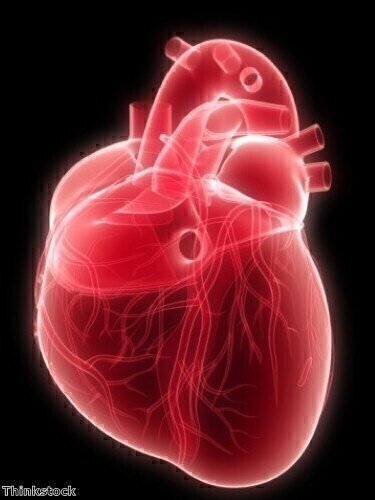-
 Biowire technology matures human heart by copying fetal heartrate
Biowire technology matures human heart by copying fetal heartrate
News & Views
Biowire technology matures human heart by copying fetal heartrate
Jun 26 2013
New biowire technology matures the human heart by copying the heart rate of fetal humans, a new study has found.
The University of Toronto carried out the work, which was revealed in the scientific journal 'Nature Methods', and offers cardiac researchers a fast and reliable method of creating mature human cardiac patches.
Milica Radisic, research chair in functional cardiovascular tissue engineering and associate professor at the Institute of Biomaterials & Biomedical Engineering, and her team created a “biowire”.
As part of this technology, stem cells derived from human cardiomyocytes are seeded along a silk suture, seen in many medical applications.
The suture enables cells to grow along its length, close to their natural pattern of growth. After this, the cells are treated to electric pulses, which stimulate the cells to increase in size, connect and beat like real heart tissue.
Ms Radisic explained: “You cannot obtain human cardiomyocytes (heart cells) from human patients. The question is: if you want to test drugs or treat adult patients, do you want to use cells and look like and function like fetal cardiomyocytes?”
She went on to call the new method a “game changer”, adding that the field has progressed significantly in a very short time.
“In 2006, science saw the first derivation of induced pluripotent stem cells from mice. Now we can turn stem cells into cardiac cells and make relatively mature tissue from human samples without ethical concerns,” Ms Radisic commented.
Dr Sara Nunes, a scientist at the University Health Network in Toronto, also commented on the work, stating that the development takes cardiac research one step closer to viable cardiac patches.
“One of the greatest challenges of transplanting these patches is getting the cells to survive and for that they need the blood vessels. Our next challenge is to put the vascularization together with cardiac cells,” Ms Nunes stated.
Posted by Neil Clark
Digital Edition
Lab Asia 31.2 April 2024
April 2024
In This Edition Chromatography Articles - Approaches to troubleshooting an SPE method for the analysis of oligonucleotides (pt i) - High-precision liquid flow processes demand full fluidic c...
View all digital editions
Events
Apr 17 2024 Tokyo, Japan
Apr 22 2024 Marrakech, Morroco
Making Pharmaceuticals Exhibition & Conference
Apr 23 2024 Coventry, UK
Apr 23 2024 Kintex, South Korea
Apr 23 2024 Seoul, South Korea








.jpg)








